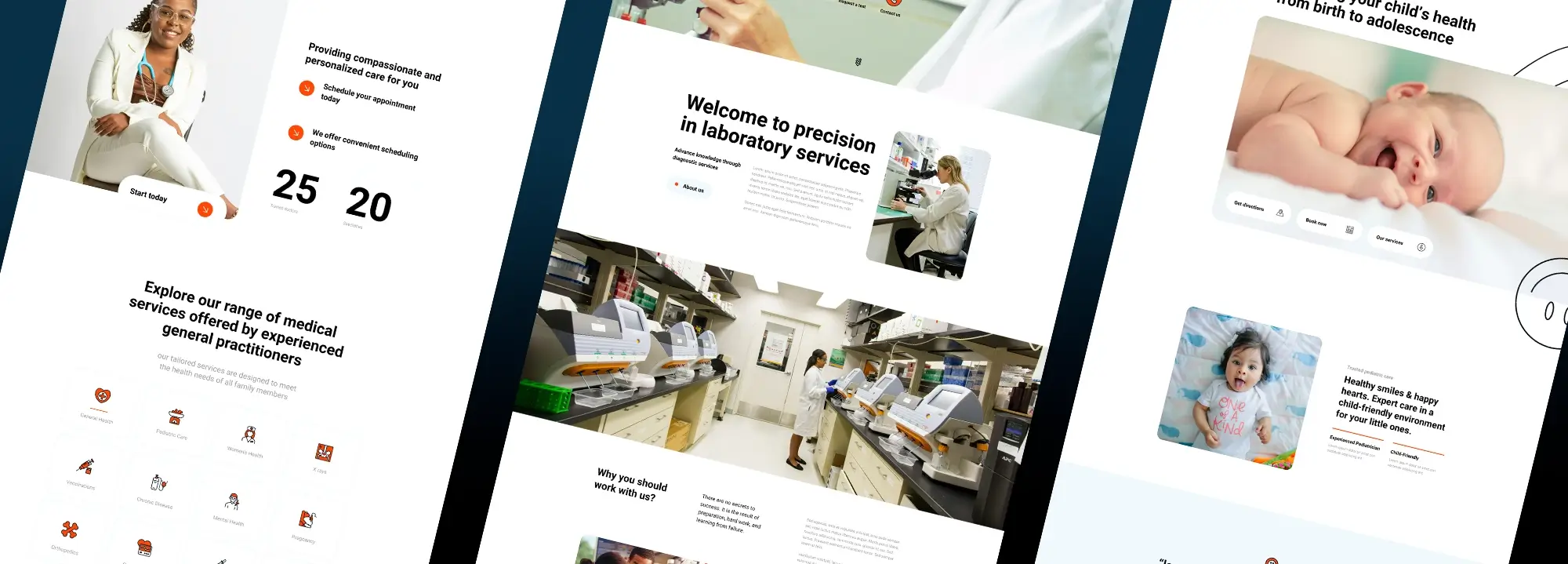Block themes: The new, the good, the bad, and future
Try MaxiBlocks for free with 500+ library assets including basic templates. No account required. Free WordPress page builder, theme and updates included.
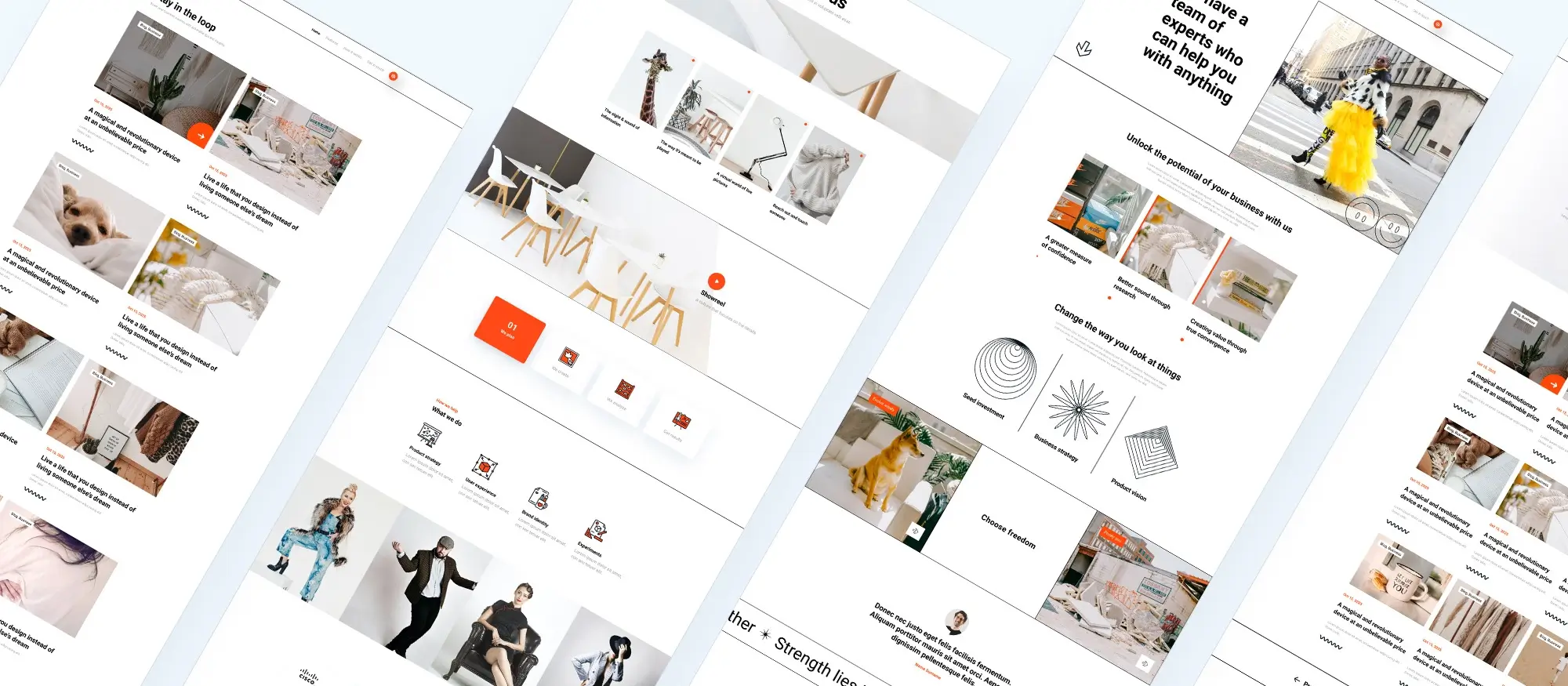
The rise of block themes in WordPress
With the introduction of the Gutenberg Block Editor, WordPress has taken a major step forward in how websites are built and designed. Block themes represent the next evolution giving users modern tools to build fully custom websites visually, without needing to write code. This post explores what block themes are, the latest developments, their advantages and disadvantages, and what the future holds for this growing trend.
What are block themes?
Block themes are a new type of WordPress theme that use the Gutenberg Block Editor to manage layouts, content, and styling. Unlike traditional themes that rely on PHP templates, block themes are modular. Each part of the website header, footer, sidebar, and main content is made up of blocks that can be edited and rearranged directly in the editor. This makes them easier to customise, more flexible to use, and ideal for modern website development.
The latest developments in block themes
One of the biggest changes is the expansion of the Gutenberg block patterns library. This feature allows users to insert professionally designed sections like contact forms, pricing tables, and testimonials directly into their pages. Another significant improvement is full site editing, which lets users customise every part of their site, including templates for posts, archives, and pages, using the same drag-and-drop interface.
The good: Advantages of block themes
Speed of development
Why it matters
Building with blocks and reusable patterns is faster than coding layouts manually. You can launch sites in hours rather than days.
How it helps
Pre-built elements and templates make it simple to assemble a layout and tweak the design on the fly, without needing extra tools.
When to use it
Speed is especially helpful for freelancers, agencies, or anyone managing multiple websites with short turnaround times.
Use case
A freelancer uses a block theme to set up a small business site in one day, using a mix of existing patterns and light customisation.
Unique design options
Why it matters
With more websites online than ever, creating something visually distinctive is key to capturing attention.
How it helps
Block themes allow total control over colour palettes, typography, spacing, and layout right inside the editor.
When to use it
When your site needs to reflect a specific brand identity or visual concept without hiring a designer.
Use case
A blogger customises the homepage with vibrant headers, unique layout blocks, and custom font pairings to match their brand style.
Creative freedom
Why it matters
Traditional themes can feel restrictive. Block themes remove those limits and allow full creative expression.
How it helps
You can experiment with layouts, mix block types, and rework your site at any time with no developer needed.
When to use it
When you want to test new landing pages, change up your blog design, or experiment with different homepage structures.
Use case
A digital marketer builds multiple landing pages for seasonal campaigns, all using the same block theme but with different layouts and messaging.
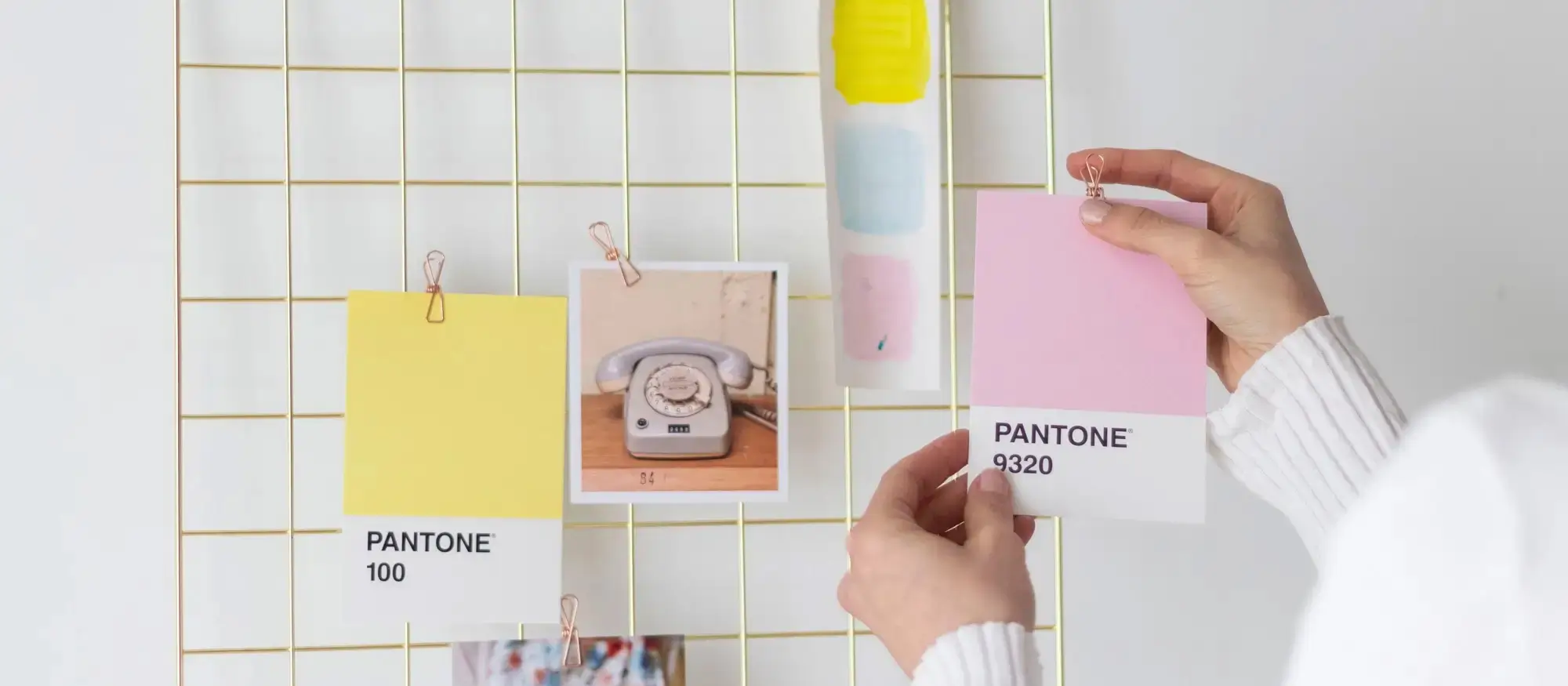
The bad: Disadvantages of block themes
Block themes bring innovation and flexibility to WordPress, but they’re not without challenges. Understanding these limitations can help developers and site owners prepare better and avoid frustration.
Learning curve for new users
Why it matters
Users familiar with the classic editor may struggle to adapt to the Gutenberg interface. The new block-based approach is a major shift in how content is created and managed.
How it affects users
The variety of blocks, patterns, and layout tools can feel overwhelming at first. This may slow down workflows for those just getting started.
When this becomes an issue
This is especially problematic when building under tight deadlines or for clients who need to update their site independently.
Use case
A small business owner used to the classic editor finds the block interface confusing, needing additional training before comfortably managing content updates.
Plugin and theme compatibility issues
Why it matters
Not all plugins and older themes are built to work with block-based functionality. This can limit what you can achieve or cause unexpected design breaks.
How it affects site performance
Incompatible plugins might not load properly within blocks or could interfere with layout structures, breaking the overall user experience.
When to watch for it
Compatibility issues are most likely when migrating an existing site to a block theme or using outdated tools.
Use case
A site using a custom-built plugin displays layout issues after switching to a block theme, requiring developer intervention to resolve the conflict.
Using block patterns as content templates
Block patterns are one of the most powerful tools introduced with block themes. They allow users to create and reuse consistent design elements across a site.
Why they’re useful
Instead of building sections from scratch every time, block patterns let you insert fully designed layouts instantly. This ensures design consistency and speeds up development.
How to use them
Create a pattern once such as a testimonial section or a call-to-action block and insert it anywhere on the site. You can also customise each instance if needed.
When they shine
Perfect for websites with repeated layout needs, such as service descriptions, product features, or landing page components.
Use case
A digital agency creates a block pattern for a portfolio section and uses it across all project pages, saving time while keeping the layout cohesive.
Subscribe to our newsletter
Block patterns vs. reusable blocks
Block patterns and reusable blocks are both valuable tools in the Gutenberg ecosystem, but they serve different purposes and offer unique benefits.
Key differences between block patterns and reusable blocks
Why understanding this matters
Knowing when to use each tool can dramatically improve your workflow and site management. Confusing the two could lead to design inconsistency or accidental content updates sitewide.
How they work
Block patterns are predefined layouts that serve as starting points. You can insert and customise them freely any changes only affect that specific instance.
Reusable blocks, on the other hand, are saved blocks that you can place across your site. Edits made to a reusable block automatically update every instance, making them ideal for universal content such as disclaimers, contact boxes, or banners.
When to use each
Use block patterns when you want layout consistency but still need flexibility for custom content. Use reusable blocks when you want content that stays the same across multiple pages or posts.
Use case
A business uses a reusable block for a promotional message shown on every blog post. When the sale ends, updating the block in one place changes it everywhere. They also use block patterns for their “Services” section, adjusting content depending on the page.
An easier way to use patterns as templates
The WordPress Block Directory provides a growing library of professionally designed patterns. These patterns can be reused as templates to streamline the content creation process.
Why it helps streamline your workflow
Instead of designing each section from scratch, you can choose a pattern, drop it in, and adapt it to your content. This speeds up development time and ensures visual consistency.
How to do it
Navigate to the WordPress Block Directory from the editor, browse available block patterns, and insert one directly into your page. Customise the layout, text, and images to suit your needs.
When it’s most useful
Ideal when building new pages with repeatable structures like testimonials, features, FAQs, or team sections without the need to build from zero.
Use case
A freelancer building multiple client sites uses a curated library of block patterns from the directory to rapidly prototype pages, then adjusts the styles to fit each brand’s identity.
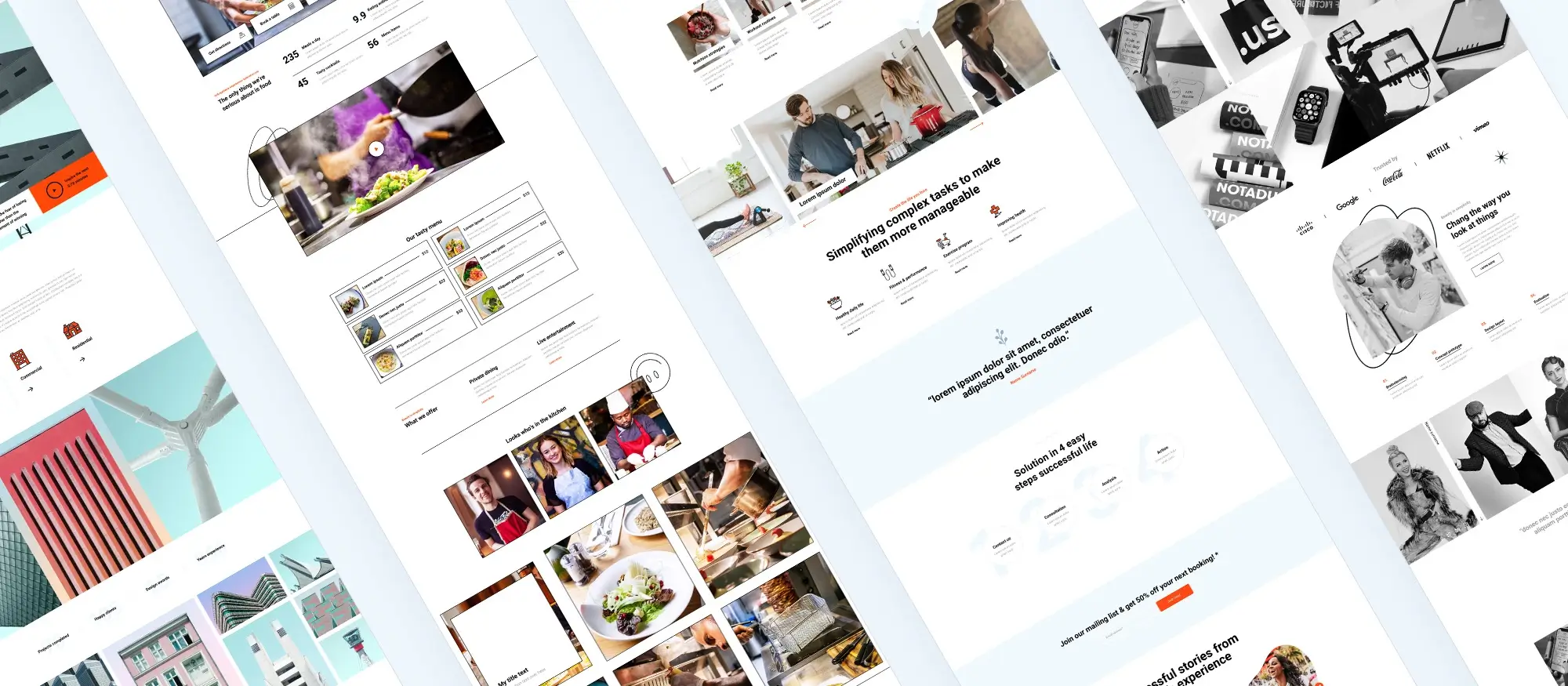
Why should you care about block patterns?
Block patterns offer more than just convenience they’re a powerful tool for improving site design and content management.
Why block patterns matter for content creators
Why they’re important
Block patterns allow you to reuse structured content layouts, saving time while ensuring consistency across your site. Instead of redesigning a section on each page, you can drop in a pattern and modify only what you need.
How they help
They simplify layout creation, reduce design errors, and make content updates easier especially for non-technical users. This means less time adjusting margins and more time focusing on the message.
When they’re most effective
Block patterns are ideal when you have repeatable sections such as testimonials, pricing tables, or service highlights across multiple pages. They reduce the effort needed to maintain design cohesion.
Use case
An agency uses a custom “case study” block pattern on all portfolio pages. When they want to update the design, they edit the pattern template and reinsert it into new case studies, ensuring a uniform and professional presentation.
Build like a pro
Using the WordPress Block Directory
The Block Directory is your gateway to finding and inserting ready-made block patterns directly from the editor.
Why the directory is a valuable tool
Why it’s useful
It provides instant access to community-made patterns, reducing the need to create layouts from scratch. These are vetted and categorised for easy browsing.
How to use it
While editing a page or post, open the block inserter and browse the “Patterns” tab or search specific keywords. You can preview and insert patterns with one click, then adjust the content as needed.
When to explore it
Use the directory when you’re starting a new section and need design inspiration or structure especially helpful for those who want high-quality layouts without hiring a designer.
Use case
A blogger building a “Resources” page browses the Block Directory and inserts a three-column layout with icons. In minutes, it becomes a well-designed, fully responsive content section.

Using theme-based block patterns
Many modern themes include patterns designed to match their overall style and layout, making them easy to drop in and customise.
Why theme-based patterns make design easier
Why they’re beneficial
They provide seamless visual integration with your theme’s fonts, colours, and spacing. You don’t have to manually adjust styles to match your site’s branding.
How to access them
After installing a block-based theme, navigate to the pattern inserter and explore the “Theme” tab. These pre-designed layouts are built to match your theme perfectly.
When they’re most useful
Use theme-based patterns when launching a new site or creating pages that need to stay on-brand such as landing pages, service pages, or portfolios.
Use case
A user of the MaxiBlocks theme builds a homepage using its built-in hero banners, service sections, and contact blocks. Each section fits the theme design, creating a polished, unified appearance with minimal editing.
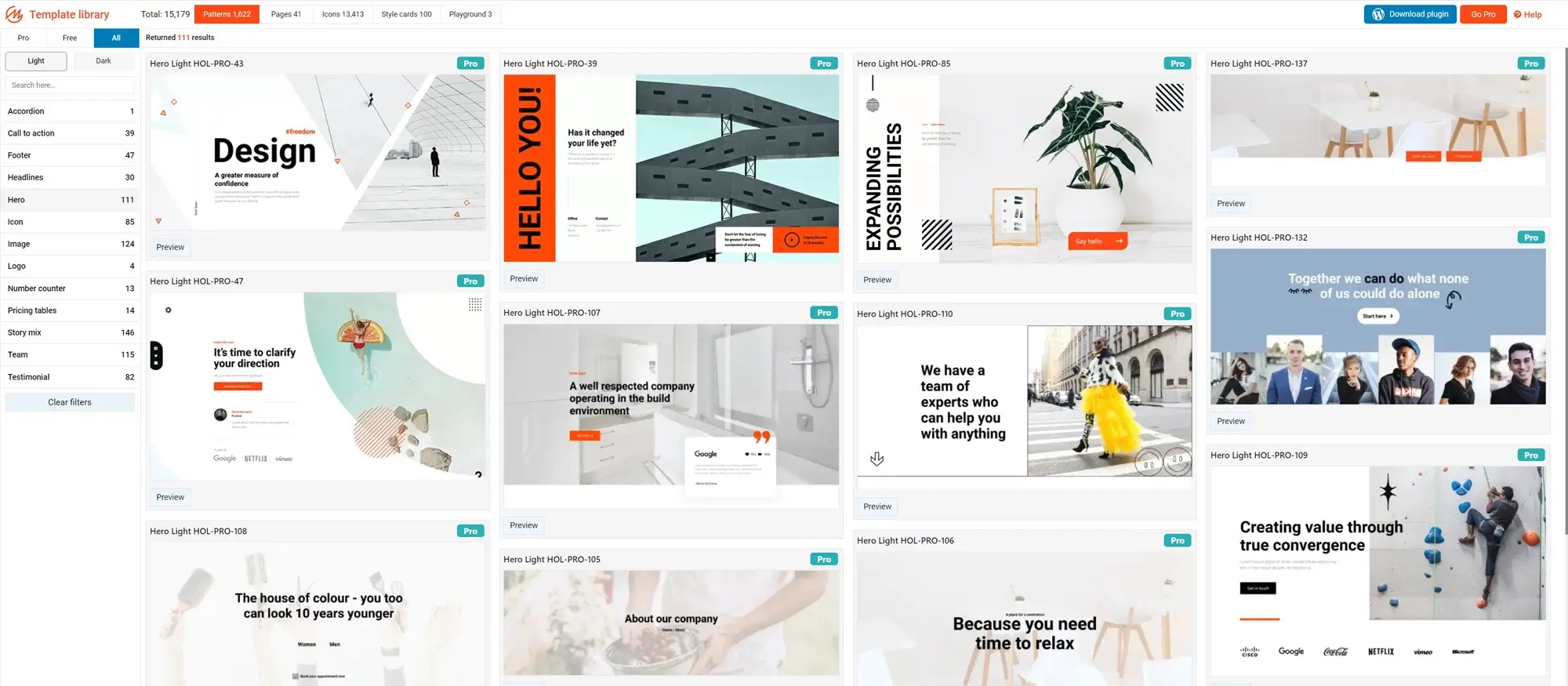
Block patterns in Gutenberg
Block patterns in Gutenberg are a core part of the editing experience. With its visual, drag-and-drop editor, Gutenberg makes inserting and customising patterns easy even for beginners.
Why it matters
Gutenberg’s interface reduces the learning curve for design tasks and gives users the flexibility to mix structure with creativity. It empowers users to design without needing to touch code.
How it works
Patterns can be selected from the inserter and added directly to your post or page. Users can adjust text, images, and styling using the built-in tools no coding required.
When to take advantage of it
Use Gutenberg block patterns when building from scratch or revamping an old page with a modern layout. It’s especially helpful for non-developers.
Use case
A small business owner redesigns their homepage using Gutenberg’s layout patterns, building an engaging and mobile-friendly layout in under an hour.
The future of block themes
The future of WordPress design lies in the continued growth of block themes and Gutenberg enhancements. Developers and users alike are embracing this modern, flexible way of building websites.
Why it’s exciting
Block themes enable faster, easier development and encourage creativity without sacrificing consistency or performance. As more themes and tools enter the space, users gain even more control.
What to expect
Expect broader theme support, more pattern libraries, deeper full-site editing features, and tighter integration between the editor and your theme. Updates to Gutenberg will keep pushing boundaries for both designers and everyday users.
Use case
A design agency switches from traditional theme development to block themes and reduces their build time for client sites by 30%, while offering more customisation options and less reliance on third-party plugins.
Final thoughts
Understanding the differences between block patterns and block templates is essential for efficient content creation. Use patterns for repeatable sections and templates for full-page layouts both will help streamline your workflow and improve design consistency.
Don’t forget to explore MaxiBlocks for a wide selection of block templates, patterns, and modern block themes to elevate your WordPress site design experience.
WordPress themes for every style and project
Find beautiful WordPress themes for portfolios, businesses, blogs, and online stores.
FAQs – block themes in WordPress
What is a WordPress block theme?
A WordPress block theme is a modern type of theme built specifically for the Gutenberg block editor. It allows users to design their entire website using blocks, including headers, footers, and content areas, all within a visual interface no coding required.
How are block themes different from classic themes?
Block themes use the block editor for full-site design, while classic themes rely on traditional PHP templates and the customiser. Block themes provide greater flexibility, a visual editing experience, and easier layout control compared to classic themes.
What are block patterns in WordPress?
Block patterns are pre-designed groups of blocks that can be inserted into pages or posts. They help users quickly build visually consistent sections like testimonials, image galleries, or call-to-actions without starting from scratch.
How are block patterns different from reusable blocks?
Block patterns are templates you can customise independently after adding them. Reusable blocks are saved blocks that stay synced across your site changing one updates all instances automatically.
Why should I use block patterns?
Block patterns make website design faster and more consistent. They’re perfect for repeating sections and help maintain a unified layout without needing a designer or developer.
Where can I find free block patterns?
Free block patterns are available directly in the WordPress block directory. You can access them from inside the editor or explore themes like MaxiBlocks, which include their own pattern libraries.
Can I create my own block patterns?
Yes, advanced users and developers can create custom block patterns by registering them with code. There are also plugins available that allow you to build and save custom patterns using the block editor.
Are block themes good for beginners?
Yes, block themes are designed with ease of use in mind. The visual editing interface makes it simple to build and customise a site without needing to touch code, making them ideal for beginners.
Can block themes improve SEO?
Block themes often use cleaner, modern code that enhances page speed and accessibility. This can contribute to better SEO performance, particularly when combined with good content structure and responsive design.
What’s the future of block themes in WordPress?
Block themes are becoming the standard in WordPress. With ongoing improvements to the block editor and wider adoption by developers, users can expect more customisation options, better performance, and a growing ecosystem of compatible tools and templates.
How do I choose the right WordPress theme for my business?
Start by thinking about what kind of design fits your brand. If you need help narrowing it down, check this guide on choosing the best WordPress themes for business websites. You can explore curated picks in this list of top themes or get ideas from 10 recommended themes. There are also free options if you’re just starting out. For more control, learn how to create a custom theme.
What are block themes in WordPress?
Block themes are designed to work with the WordPress Site Editor. They let you customise your entire website visually, using blocks for headers, footers, layouts, and more. To get familiar, check what WordPress block themes are, then explore how they function and how they differ from classic themes. You can also see examples of the best block themes or dive deeper at this guide and this summary.
Are there industry-specific themes available?
Yes, many WordPress themes are built for specific industries. If you’re in architecture, see the architecture theme. For trades and services, check themes for upholsterers and carpet cleaning businesses. Personal service businesses can explore this theme for hairdressers. If you want something more creative, visit this example theme.
Can I design and sell WordPress themes myself?
Yes, you can build and sell your own block themes using tools available in WordPress. Start with this guide to building and selling block themes, and explore how to monetise your work. It’s important to make sure your themes are block-enabled and compatible with WordPress. If you’re designing for clients, this guide to web design with blocks is worth a look.
What other tools and tips can help improve my site?
Plugins can add extra features to any theme. Explore popular WordPress plugins for added functionality. For search optimisation, this guide on block themes and SEO shows how to improve visibility. If you’re new to WordPress, start with this step-by-step guide to building your site. Business owners can also find value in theme selection tips and advice on Gutenberg-friendly tools.
WordPress itself
Official Website
wordpress.org – This is the official website for WordPress, where you can download the software, find documentation, and learn more about using it.
WordPress Codex
codex.wordpress.org/Main_Page – This is a comprehensive documentation resource for WordPress, covering everything from installation and configuration to specific functionality and troubleshooting.
WordPress Theme Directory
wordpress.org/themes – The official WordPress theme directory is a great place to find free and premium WordPress themes. You can browse themes by category, feature, and popularity.
maxiblocks.com/go/help-desk
maxiblocks.com/pro-library
www.youtube.com/@maxiblocks
twitter.com/maxiblocks
linkedin.com/company/maxi-blocks
github.com/orgs/maxi-blocks
wordpress.org/plugins/maxi-blocks

Kyra Pieterse
Author
Kyra is the co-founder and creative lead of MaxiBlocks, an open-source page builder for WordPress Gutenberg.
You may also like

